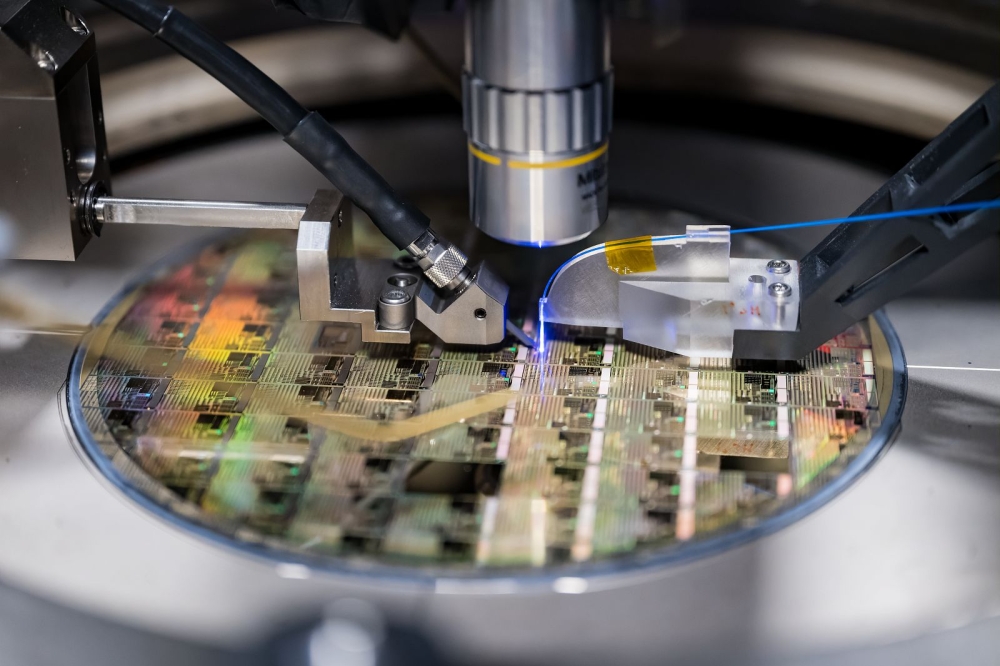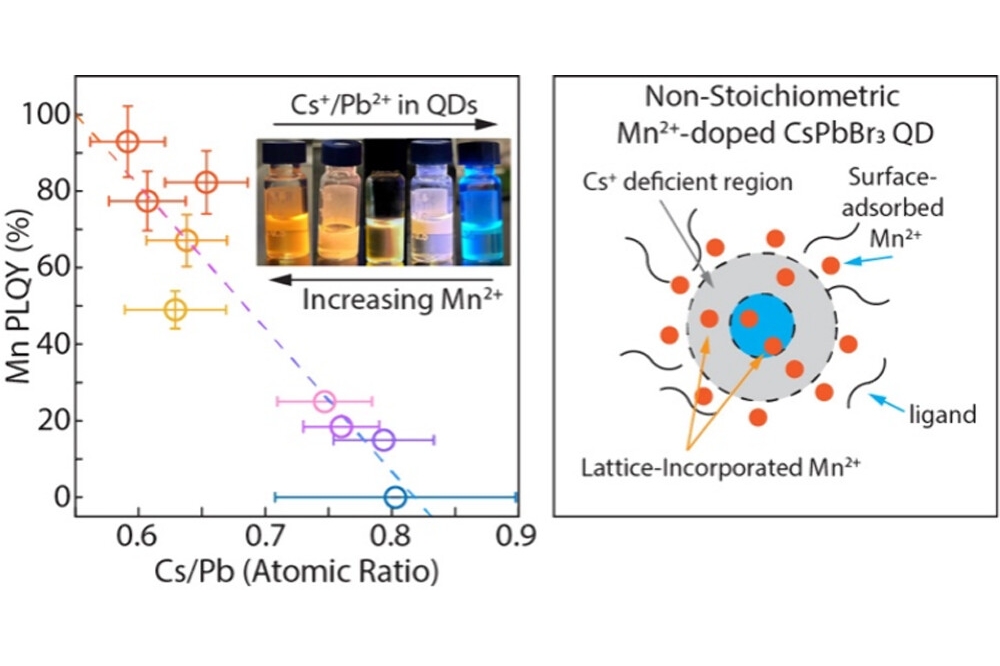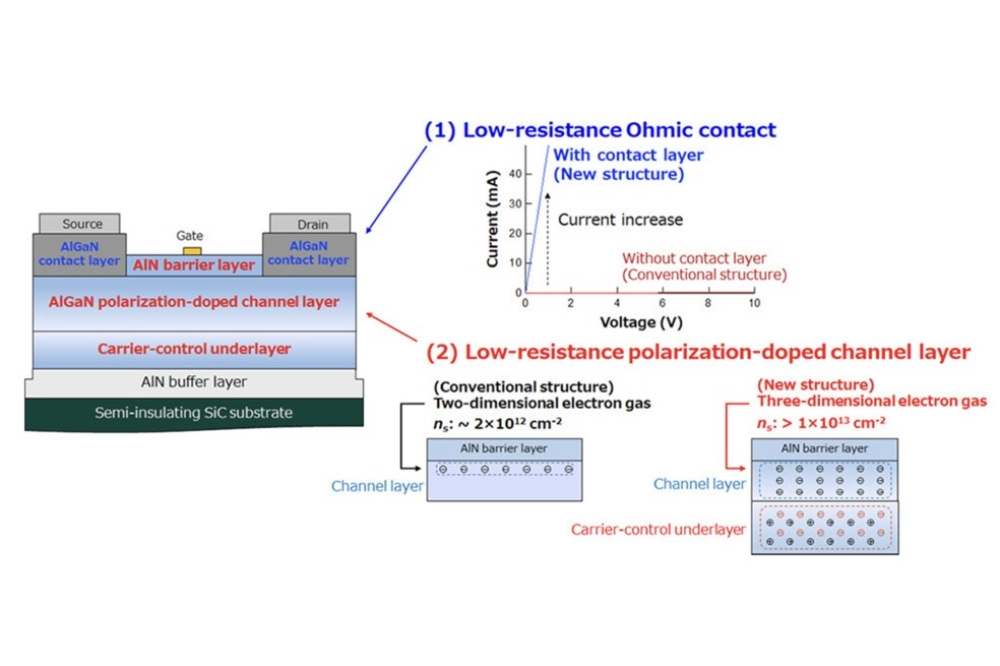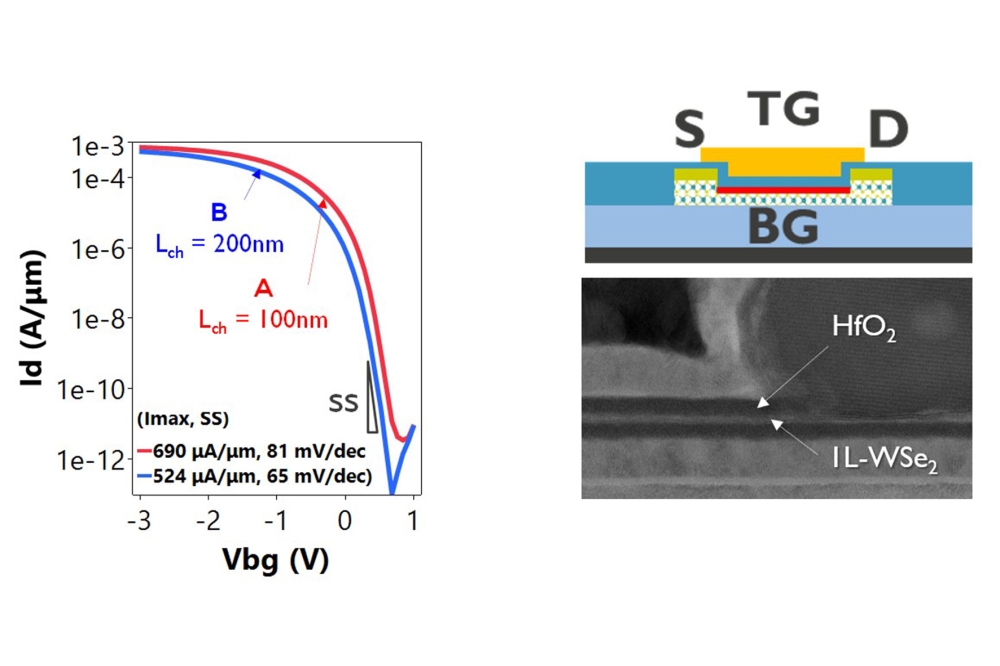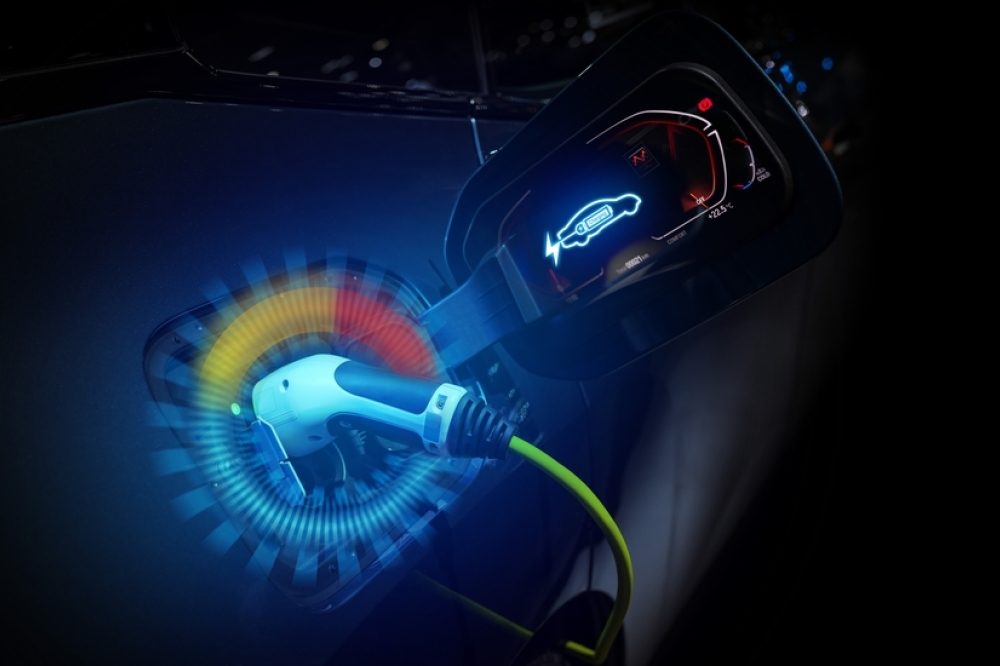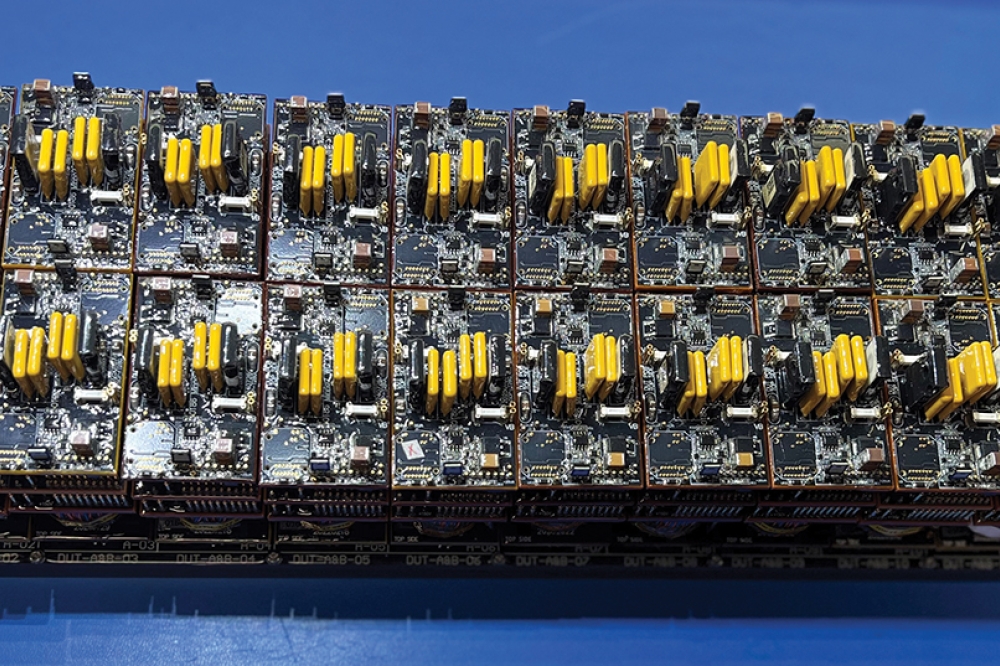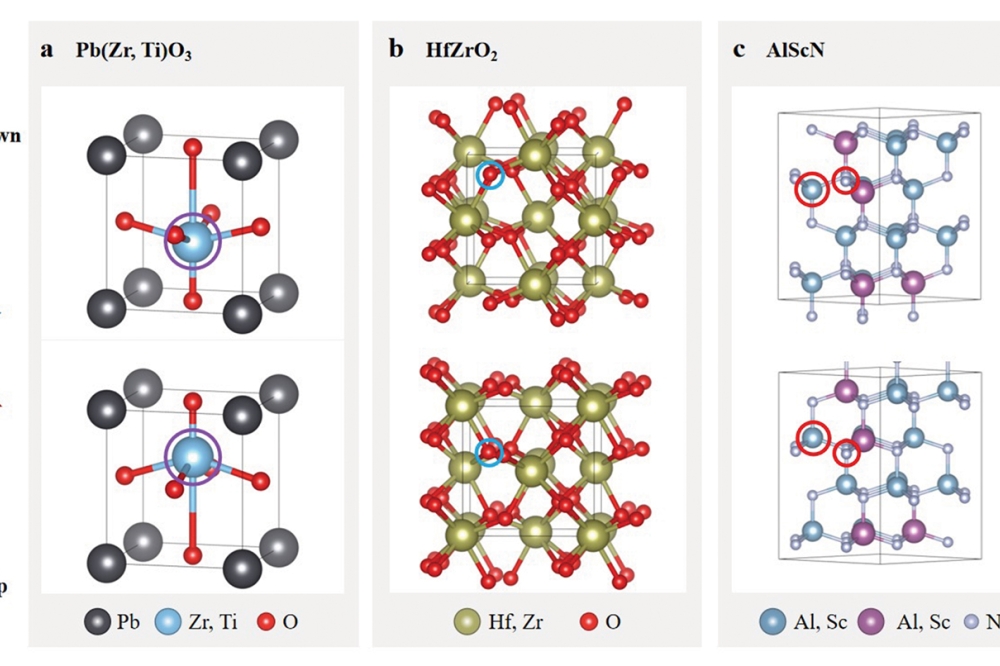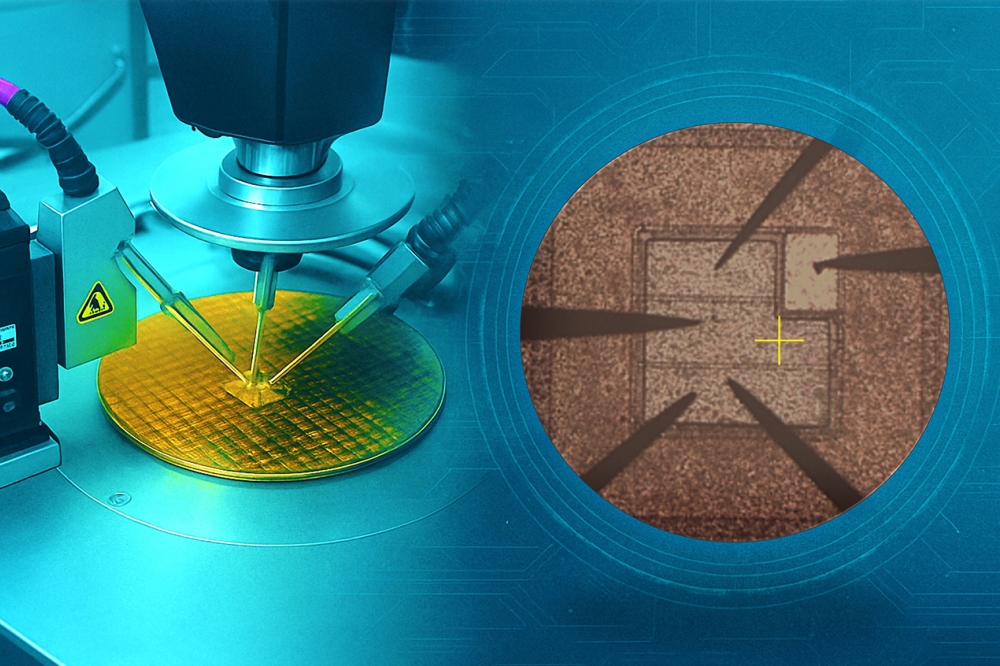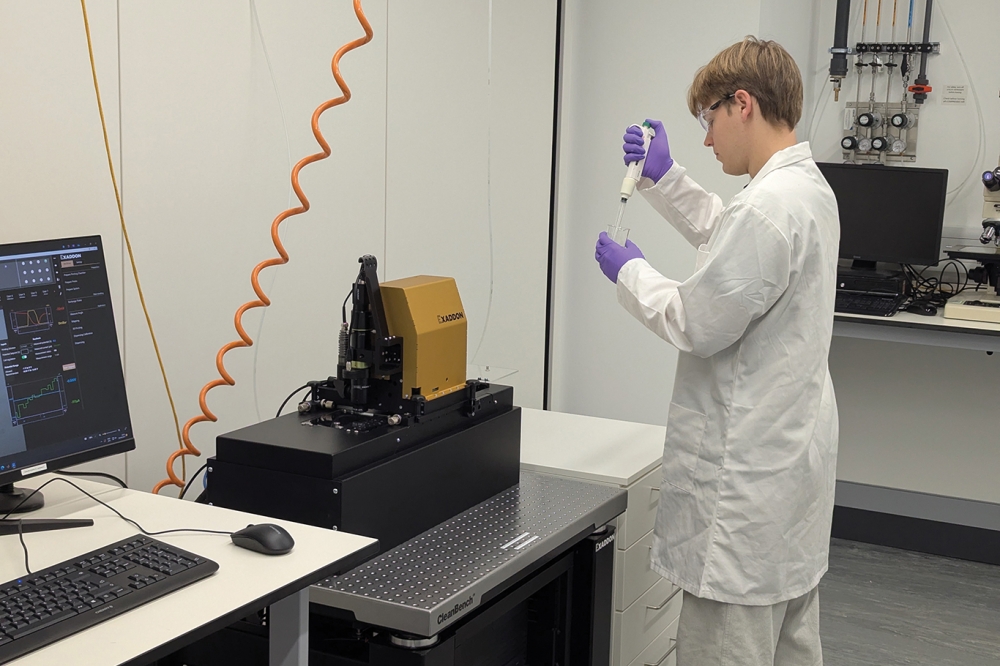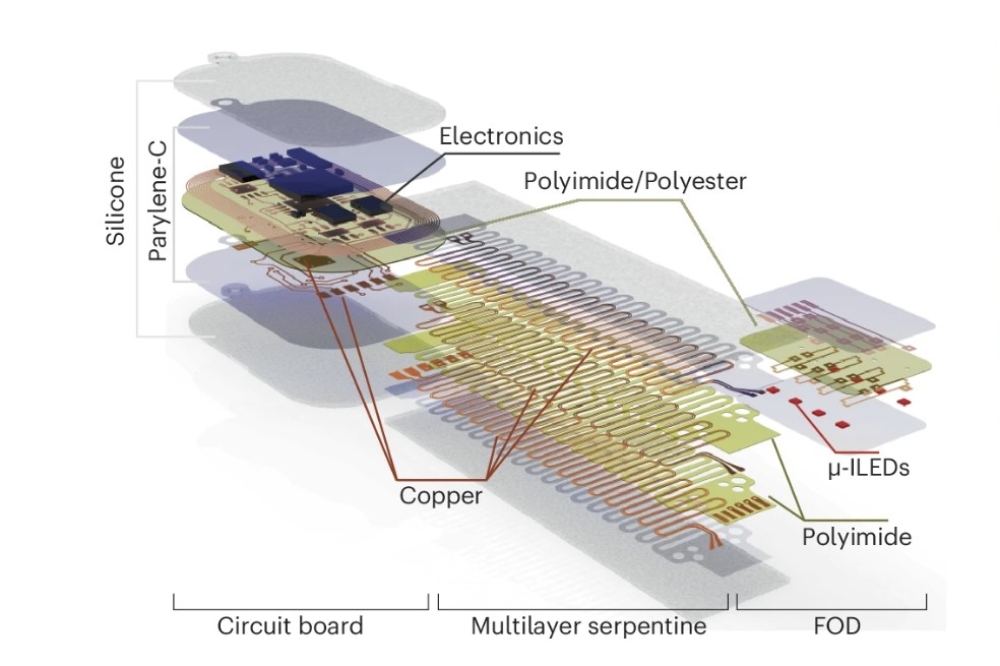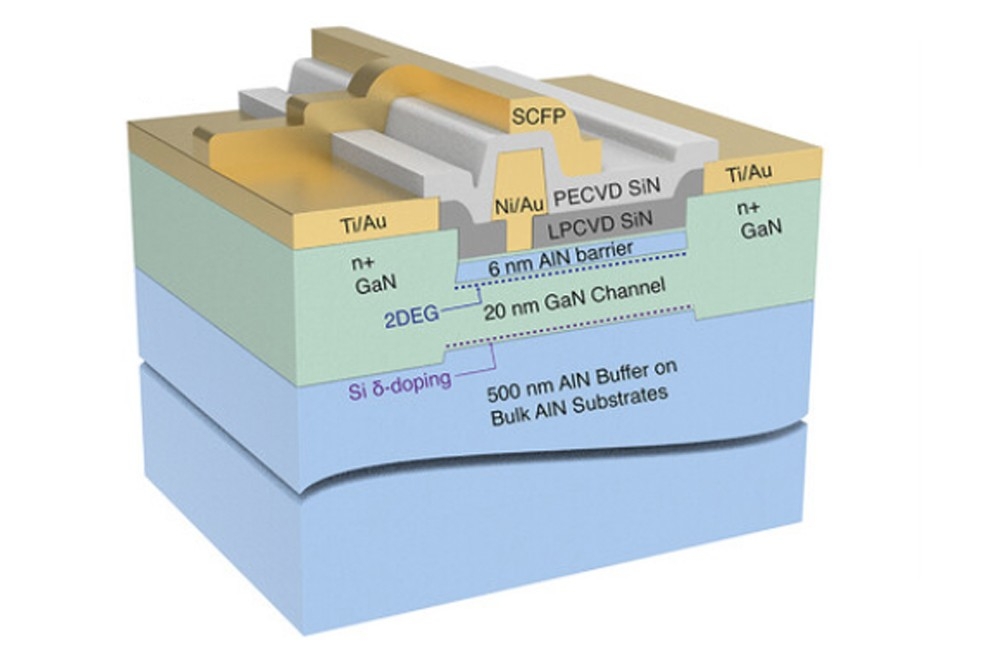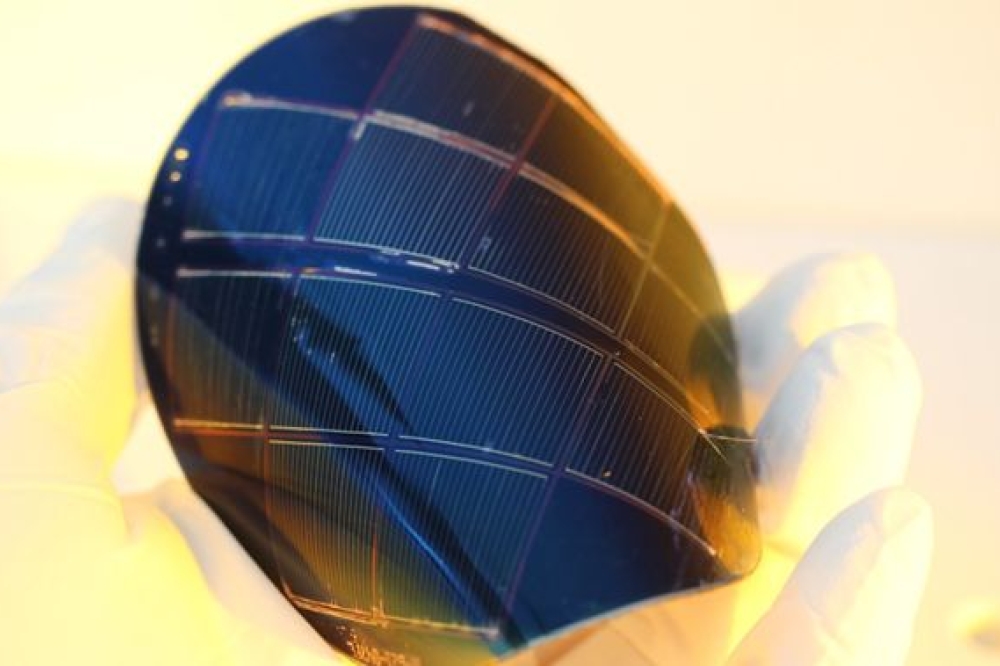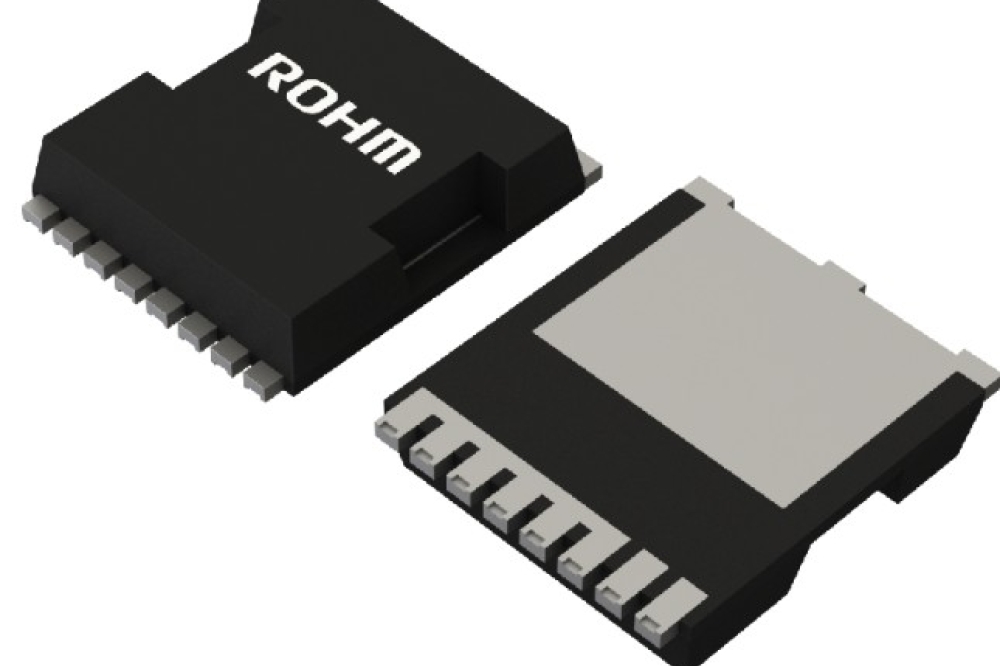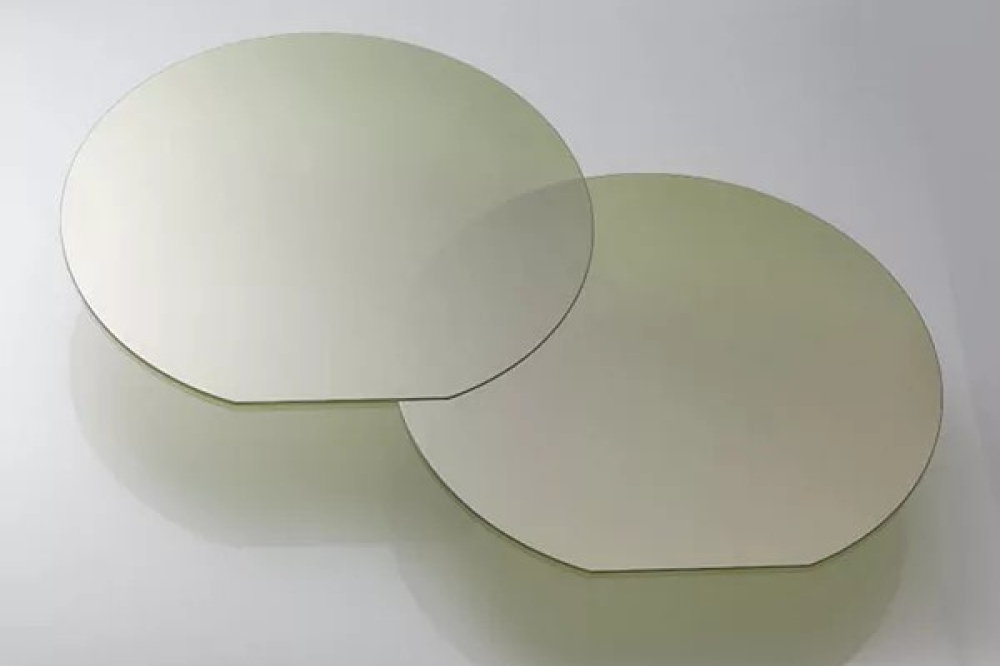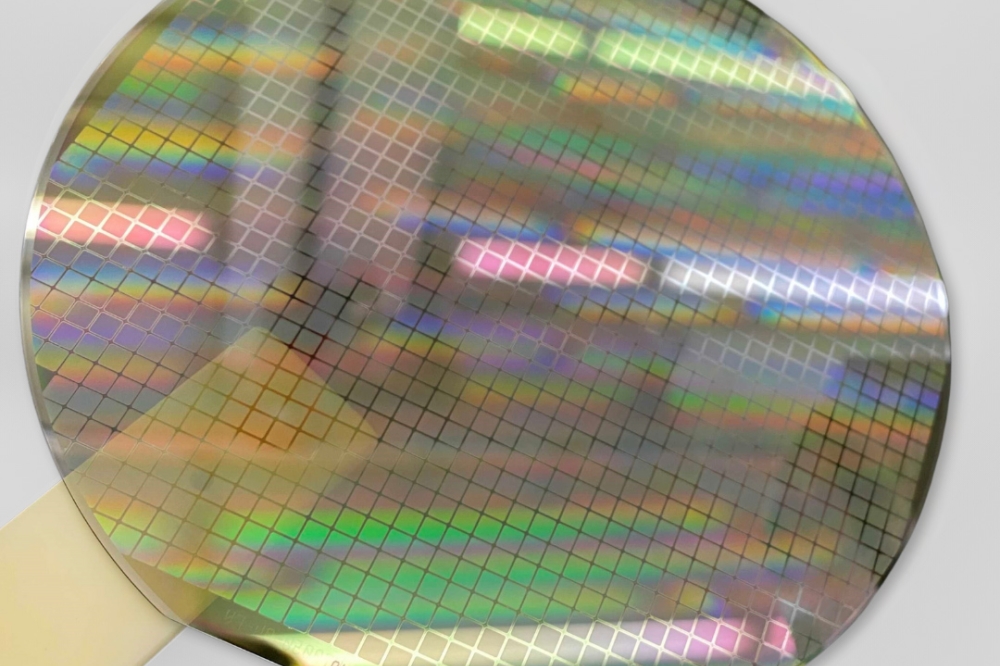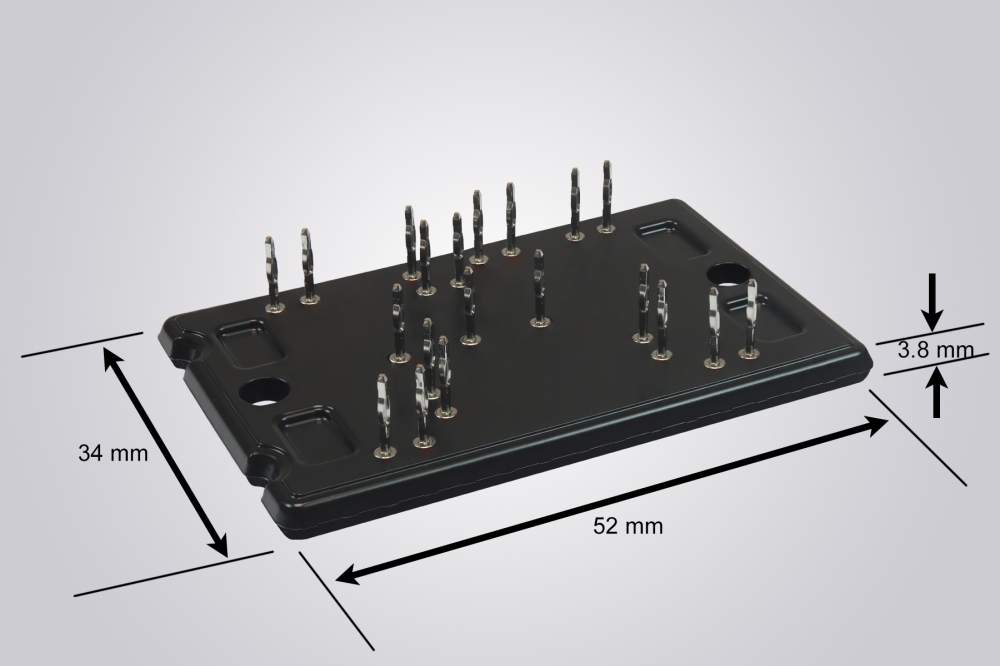A step towards higher DUV LED efficiency
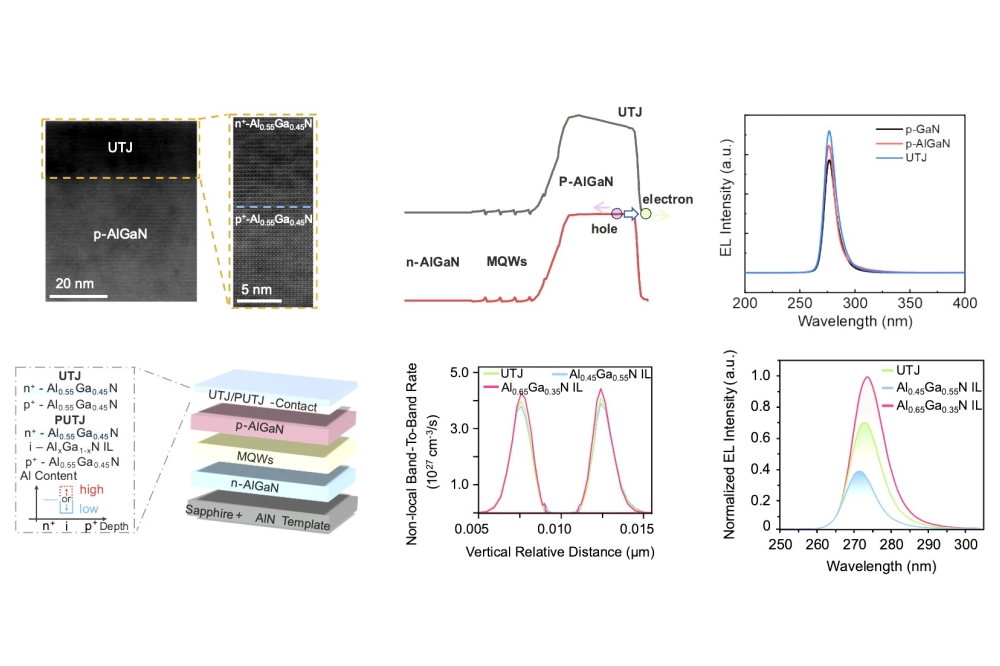
Researchers from Wuhan University in China have developed ultrathin tunnelling junction (PUTJ) technology to address long-standing challenges in DUV LEDs, achieving a record-low operating voltage of 5.8 V at 30 A/cm² and a 40 percent enhancement in light output power (LOP).
The team says this result, which uses polarisation-engineered AlGaN heterostructures to improve carrier tunnelling and current spreading, marks a significant step toward high-efficiency DUV light sources for sterilisation, sensing, and medical applications.
“By reducing the TJ thickness and strategically modulating the Al content in the interlayer, we achieved dual optimisation of vertical tunnelling efficiency and current spreading. The polarised electric field at the heterointerfaces narrows the depletion region, boosting tunnelling probability by 1.5× compared to UTJ, and the higher resistance of the interlayer improves current spreading across large-area devices.” said Shengjun Zhou, who directed the research.
DUV LEDs face critical bottlenecks in commercial adoption, including optical losses from p-GaN absorption and high operating voltages due to poor hole injection in high-Al-content AlGaN. Conventional TJs mitigate absorption but suffer from thick n-AlGaN current-spreading layers that increase bulk resistance.
To address these issues, the researchers proposed an innovative configuration including a 20-nm-thick p⁺/n⁺ Al0.55Ga0.45N homojunction and a 2 nm intrinsic Al0.65Ga0.35N interlayer, which harnesses polarisation-induced electric fields to enhance interband tunnelling while maintaining optical transparency.
The researchers further validated the mechanism through TCAD simulations, revealing that the Al0.65Ga0.35N interlayer increases polarisation-induced electric field strength by 20 percent in the tunnelling region, while increasing lateral hole concentration contribution.
This dual effect ensures efficient carrier injection and uniform radiative recombination across multiple quantum wells. The PUTJ platform bridges the gap between optical transparency and electrical efficiency in III-nitride optoelectronics.
Future work will focus on integrating this design into microscale devices and cascaded multi-junction architectures to further push the limits of DUV light sources.
Reference
'AlGaN Polarised Ultrathin Tunnelling Junction Deep Ultraviolet Light-Emitting Diodes' by Ziqi Zhang et al; Nano Letters 2025, 25(4)


